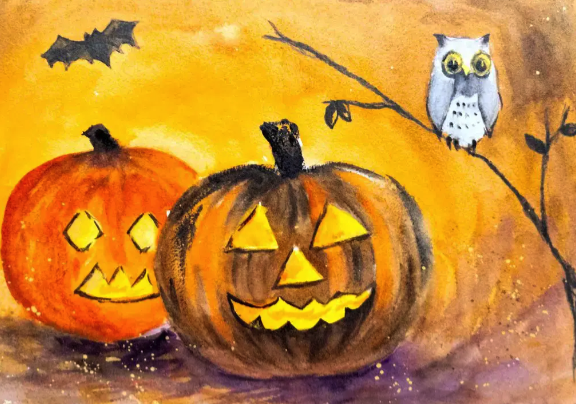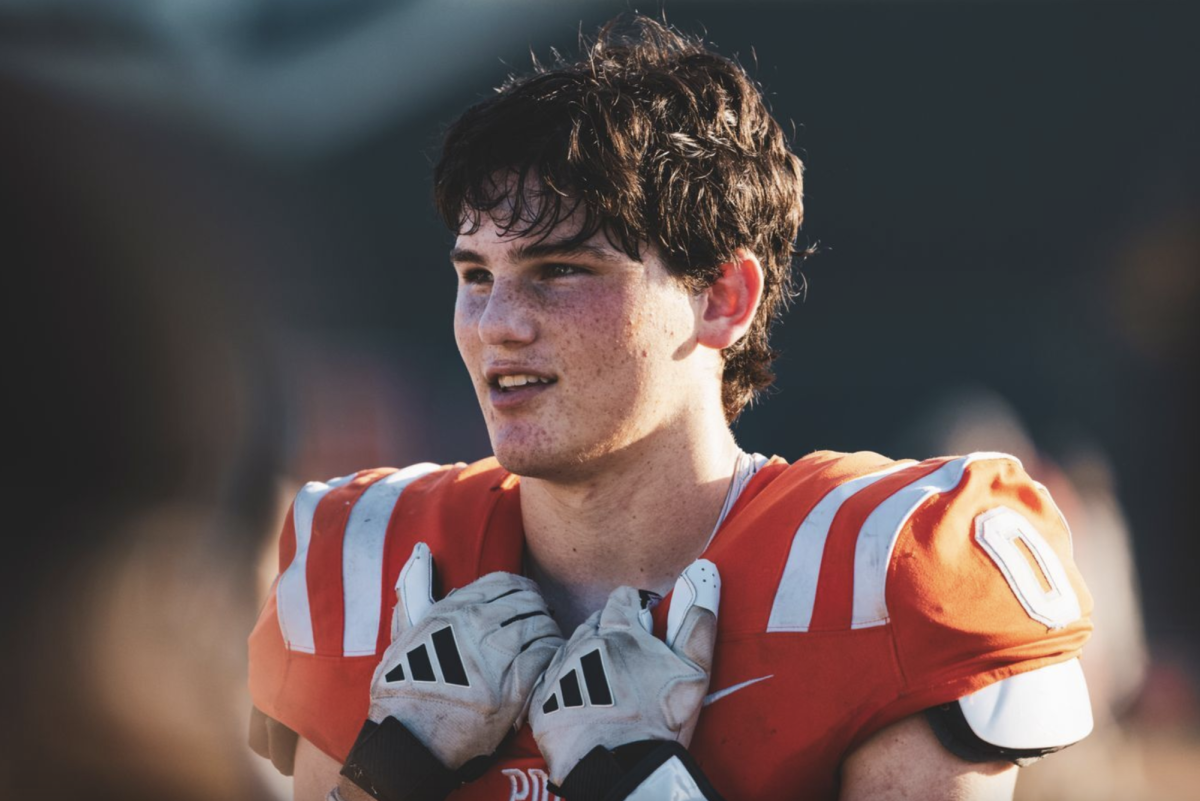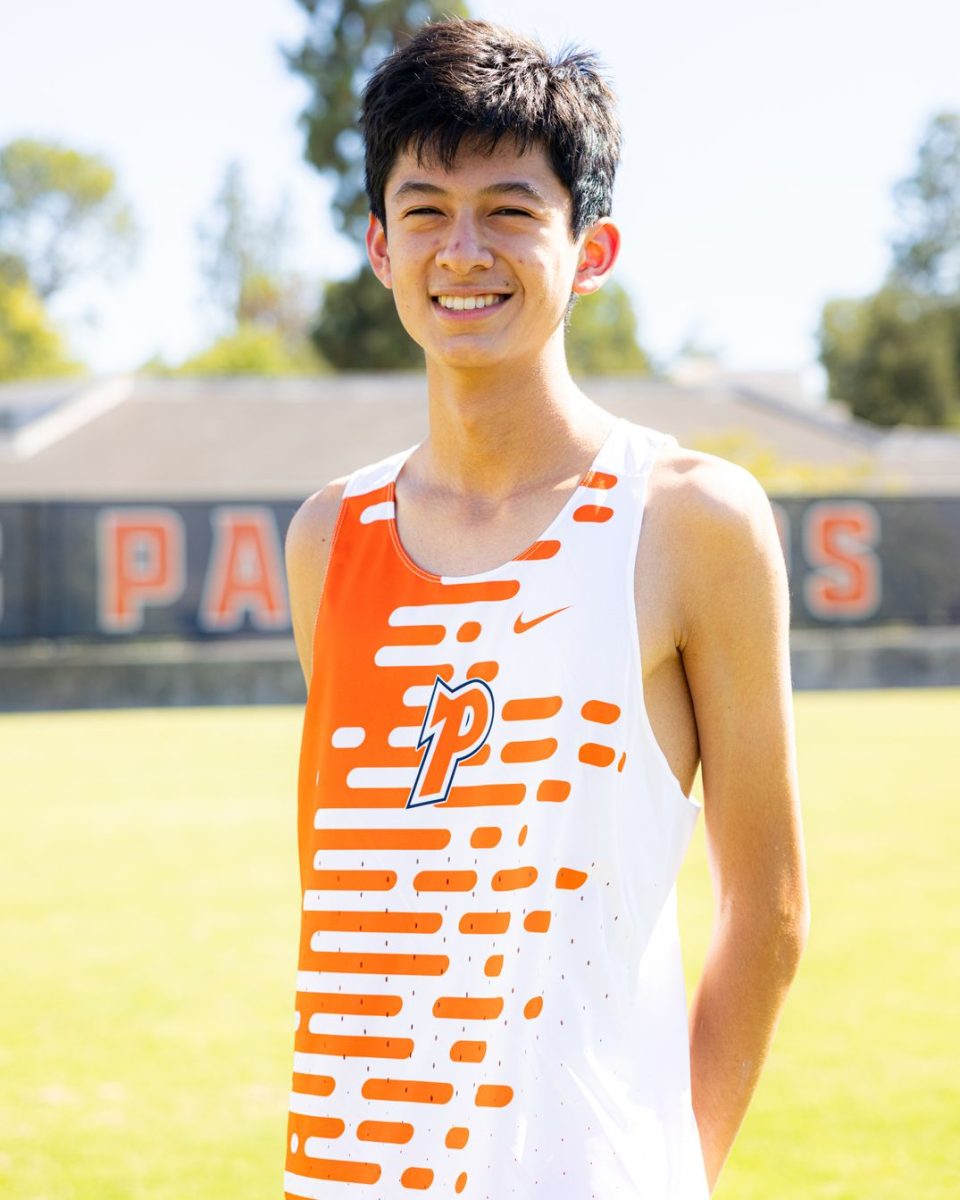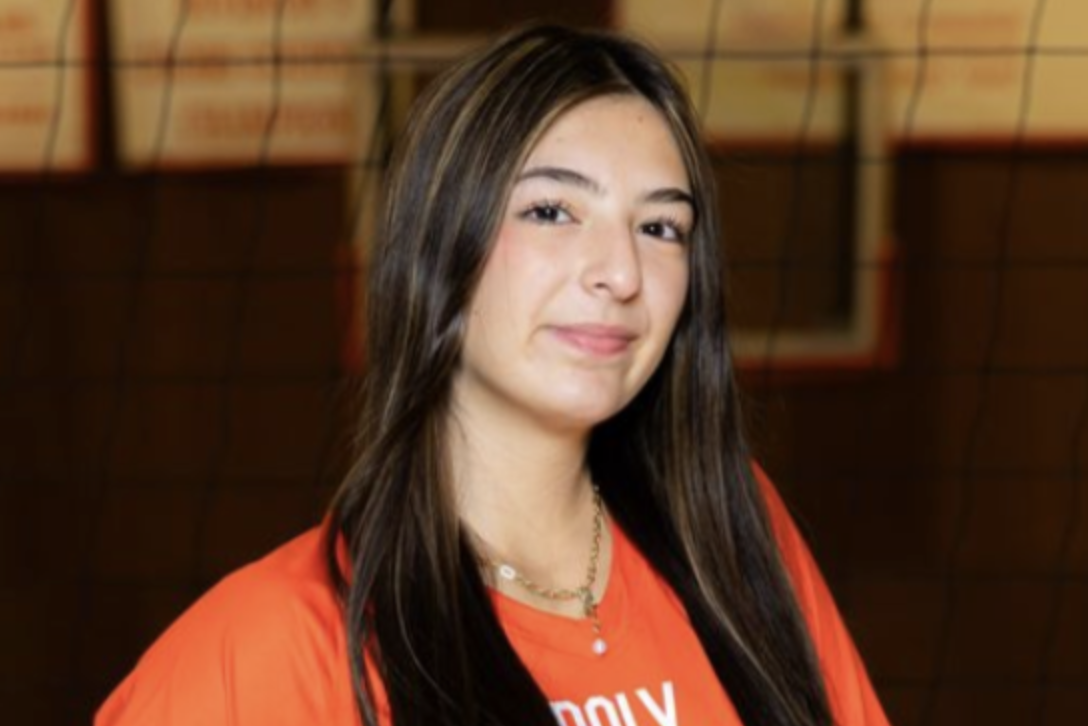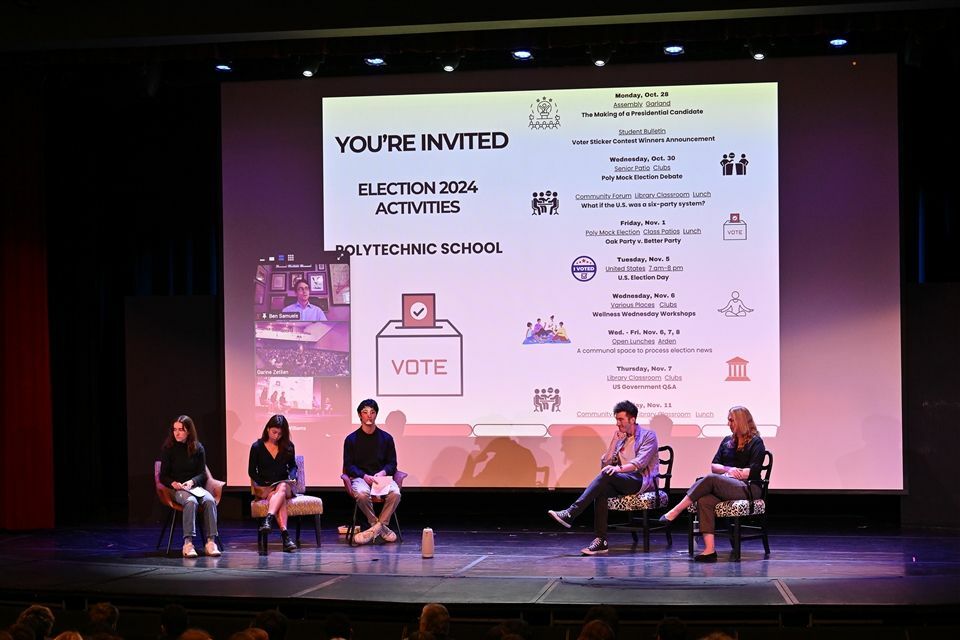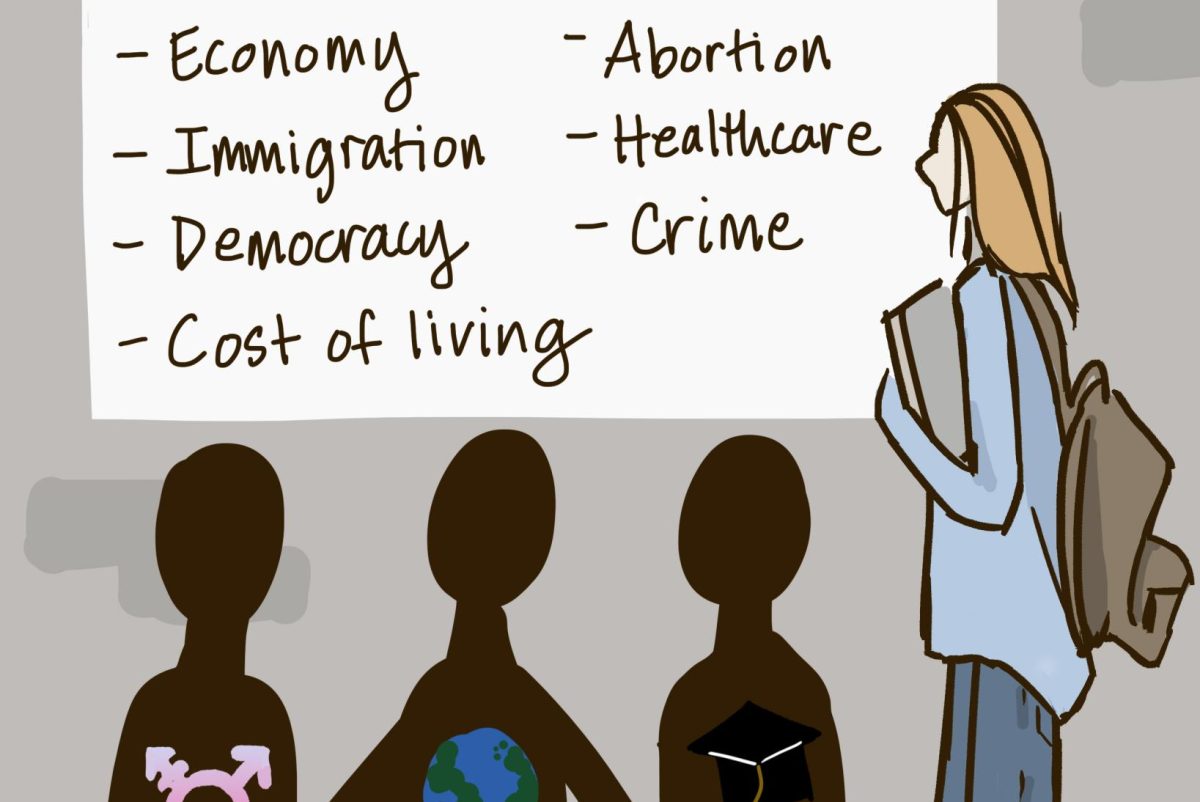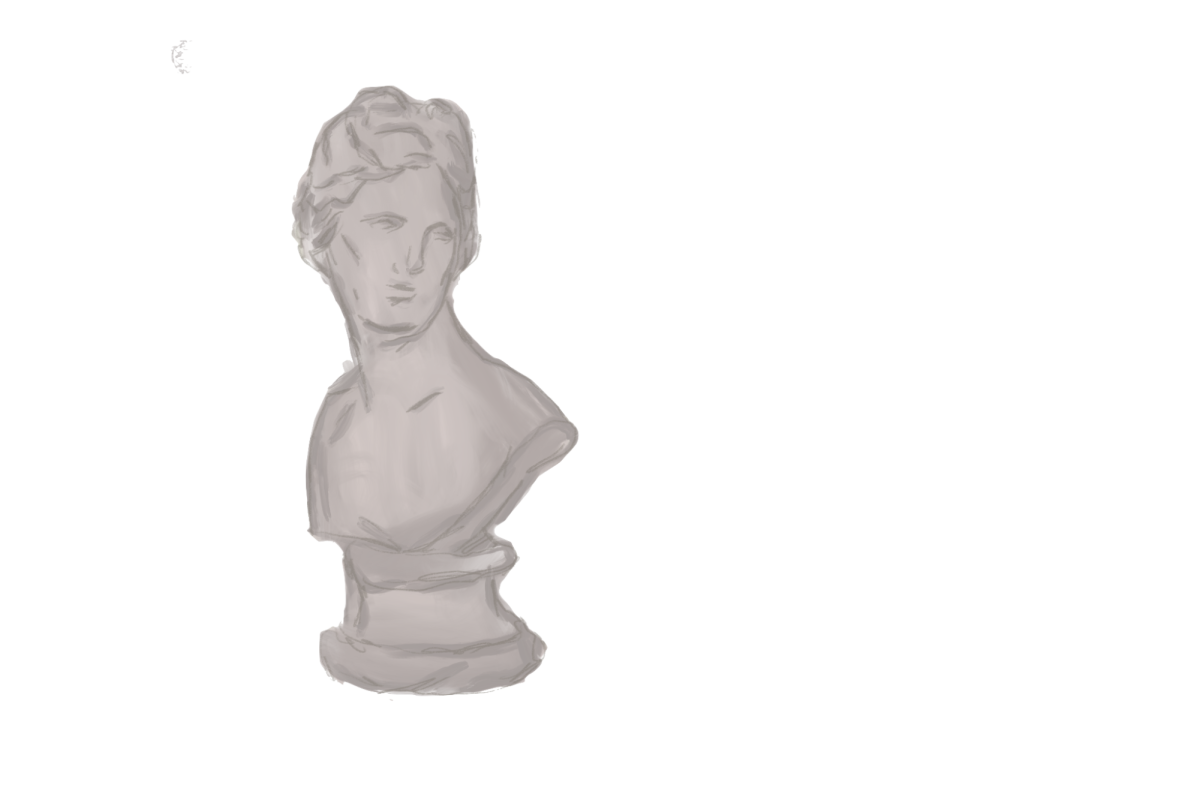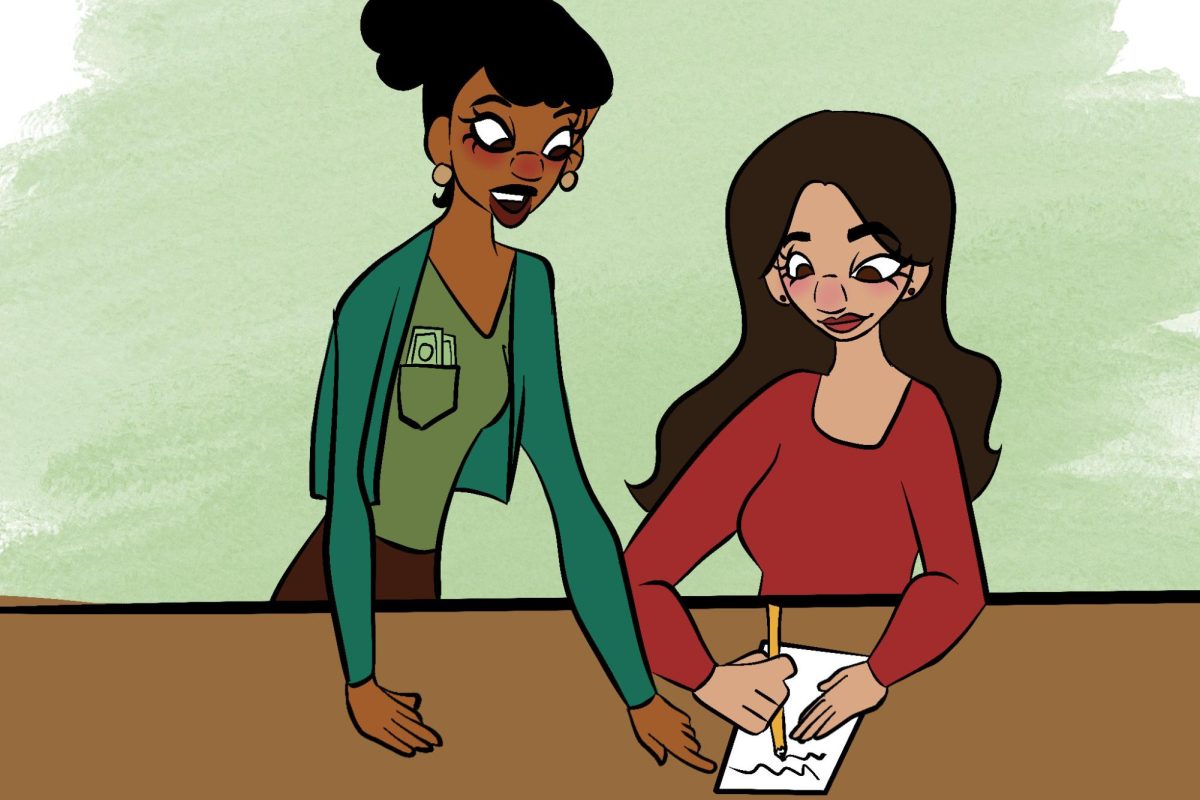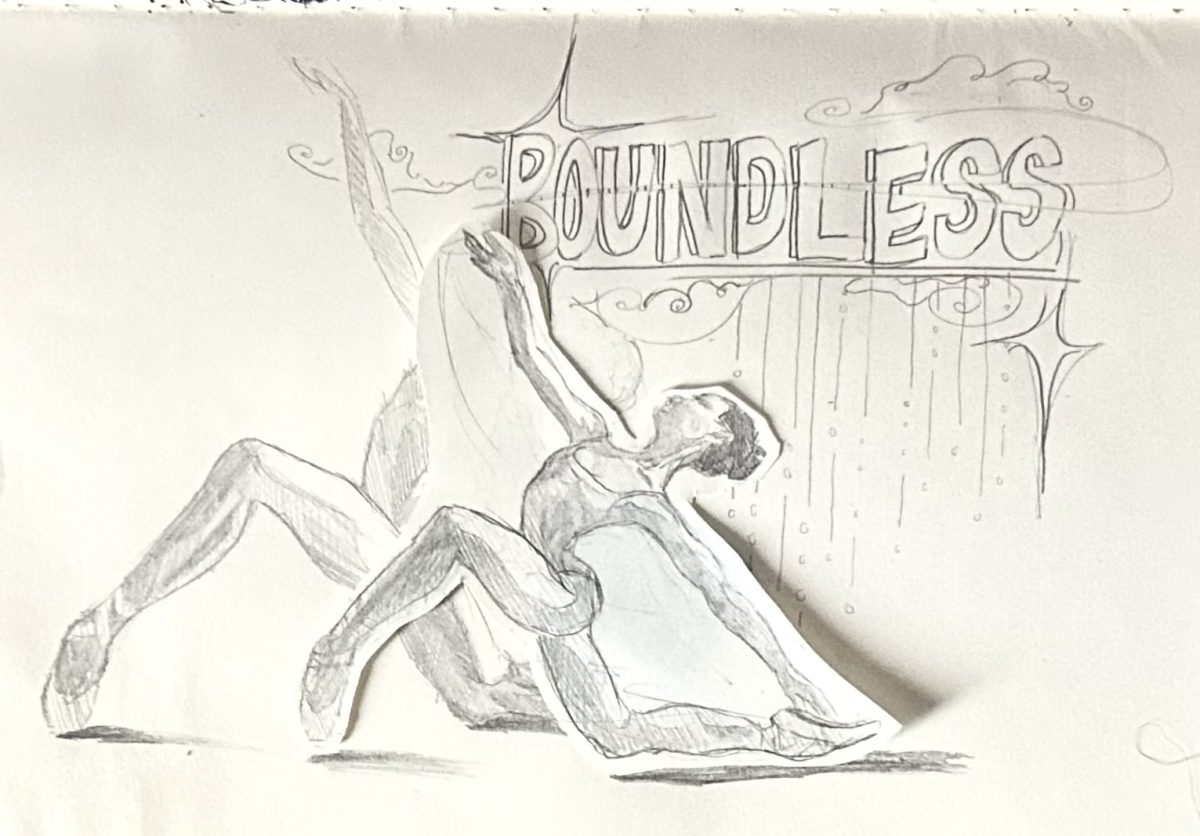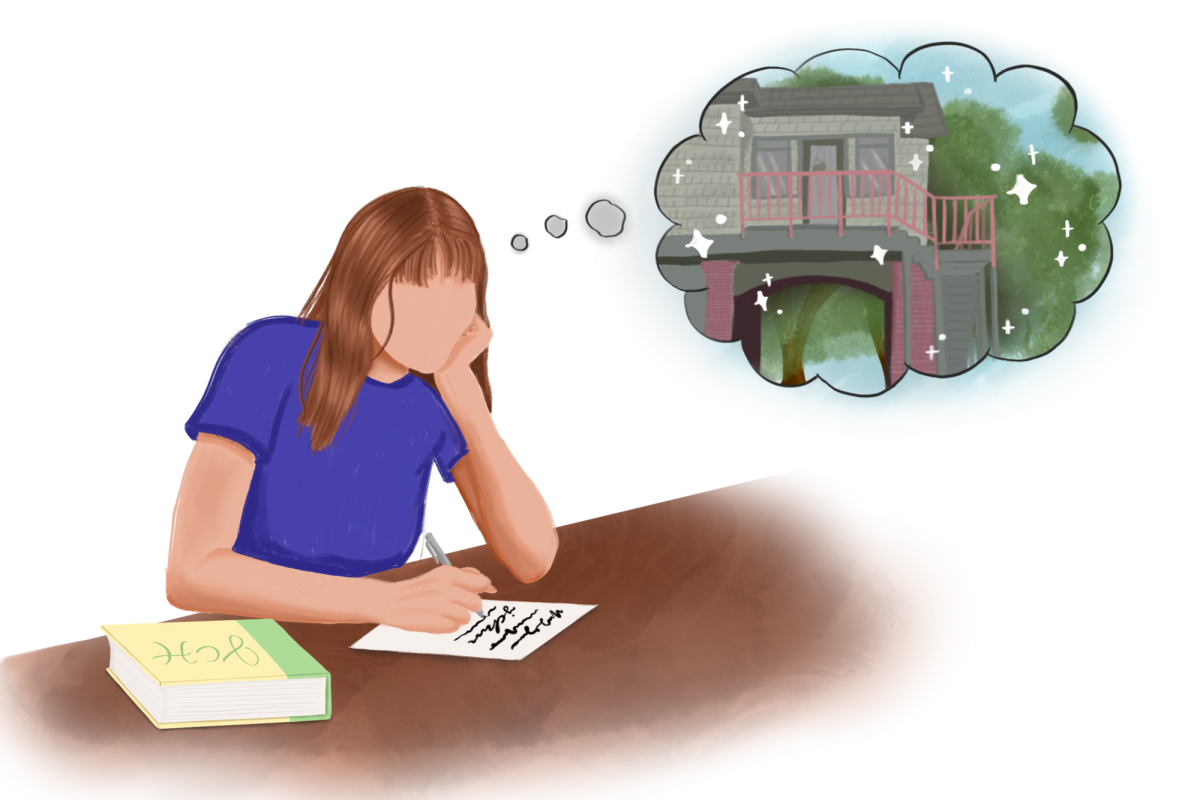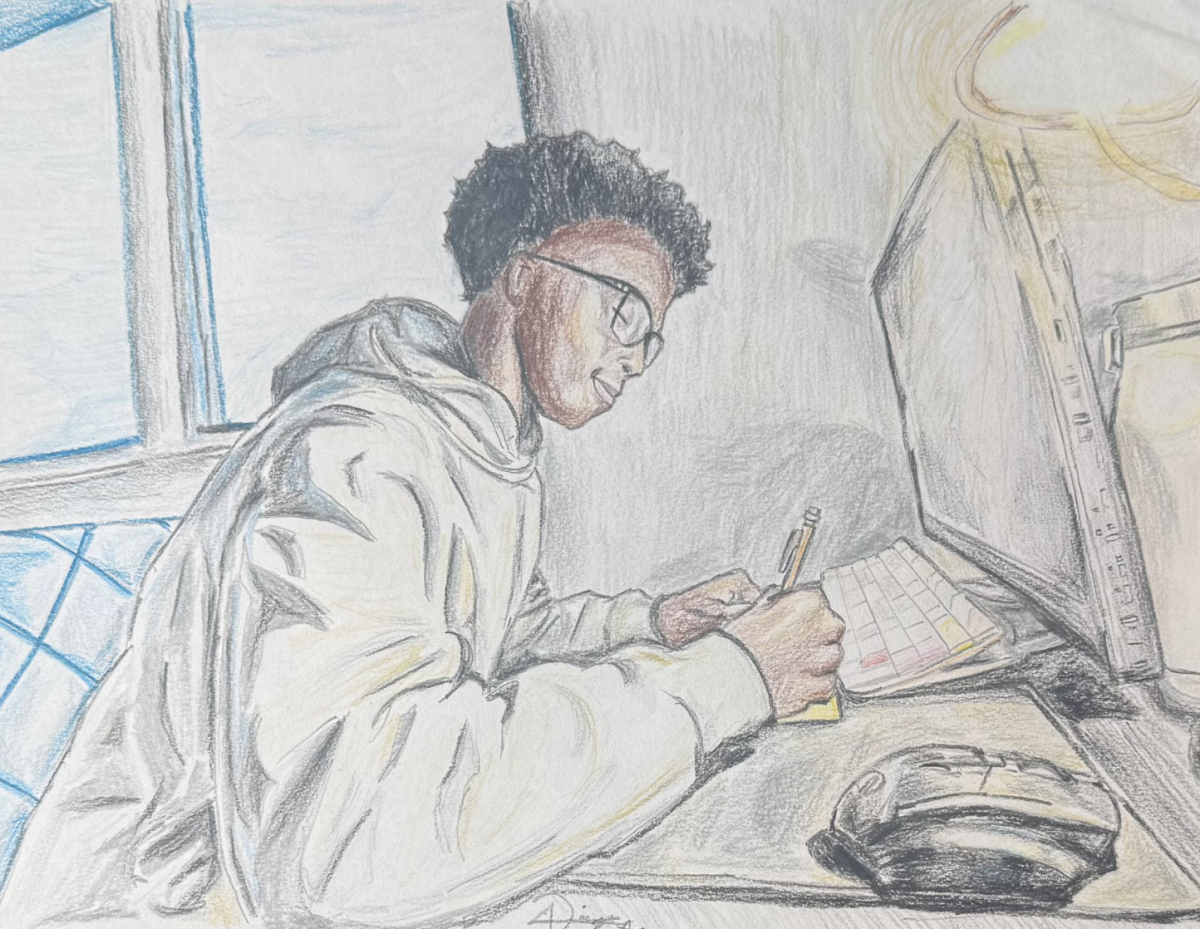“Why do I write for ‘The Paw Print?’”
This is a question I forced myself to answer while writing this article. Ultimately, I decided that it’s because writing, specifically for the Opinion section, is an outlet for me to share my ideas with the school community and freely speak my mind, knowing that my work won’t be graded by a teacher. Back when I wrote solely silly or humorous articles, such as explaining why Biden needed to design his own sneakers like Trump did, I couldn’t help but smile when students and teachers told me that they liked my articles or thought they were funny. Sometimes teachers would ask me, “Are you going to have an article in the next ‘Paw Print’ issue?” To me, these interactions have always been—and will always be—more valuable than the grades I could receive on a writing assignment.
But, unfortunately, “The Paw Print” isn’t perfect. Imagine this: you just thought of the best idea for an article. You picture your friends reading the headline: “Paw Print Editors Possessed by Evil Demons,” printed in big font. You picture winning the prestigious Scholastic Gold Medal for journalism. Poly students start chanting your name as you walk onto your grade’s patio. “The New York Times” calls your phone. “We want to put your article on the front pa—.” You stop dreaming. Your eyes open to Anya Patel with her head in her hands. She looks up and starts shaking her head. “Yeah we definitely can’t publish that,” she says as co-editor Filiz Fish grabs a pitchfork. Wait, are those horns protruding from her head? This feels ominous, you think. Next thing you know Ms. Pringle and Ms. Schreiber (the she-devil advisors) are dragging you out of the room by the arms. They throw you out onto the library patio and storm back inside. You hear the door lock click. The glimmer of a future Pulitzer Prize fades away.
Hyperbole aside, I’ve noticed that males have been lacking from “The Paw Print” staff since the beginning of my high school career, and I doubt it’s due to demonic forces. Although “The Paw Print” staff was mainly composed of males in the years following its founding, it is now dominated by female editors, especially in the Opinion section, where four out of the five editors are female. The situation is similar in the News section—with an entirely female editorial staff—and Life, with only one male editor. Recently, more males have been writing for the Opinion section, but despite this shift, female students’ opinions are still the most commonly voiced in the section.
“I don’t think the editorial staff is going to take my opinions seriously,” said junior Cody Converse when asked why he doesn’t write for “The Paw Print.”
However, male students shouldn’t feel as if their opinions are not valued by “The Paw Print.” The purpose of the paper, and the Opinion section in particular, is to spotlight student voices, and male perspectives are important in achieving this since boys make up half of the student body. It’s problematic to have a student-run newspaper that isn’t representative of the whole—or at least most of—the student body.
It is worth noting, though, that male students shouldn’t show up to planning meetings proposing absurd article ideas just for the sake of being provocative. However, they should realize that their true opinions—the topics that really matter to them—are valued in “The Paw Print.” Often, they might hesitate to share their genuine thoughts, thinking they might be judged by their peers. But if more male students regularly contribute articles and apply for “Paw Print” leadership positions, then it will become increasingly normalized for males to write and share their genuine thoughts with the student body, like junior staff writer Warren Peng did when he recently wrote about the removal of DEI writing in PE Bio reports.
I know that the reason male students decide not to write isn’t because they are less opinionated; in classroom settings, if someone is being loud or talking too much, it is invariably a boy. It’s time for male students to take the drive they have to speak their minds and realize that sharing their ideas in “The Paw Print” is nothing to fear or be embarrassed by—it’s a way to get their ideas across and enact change.










